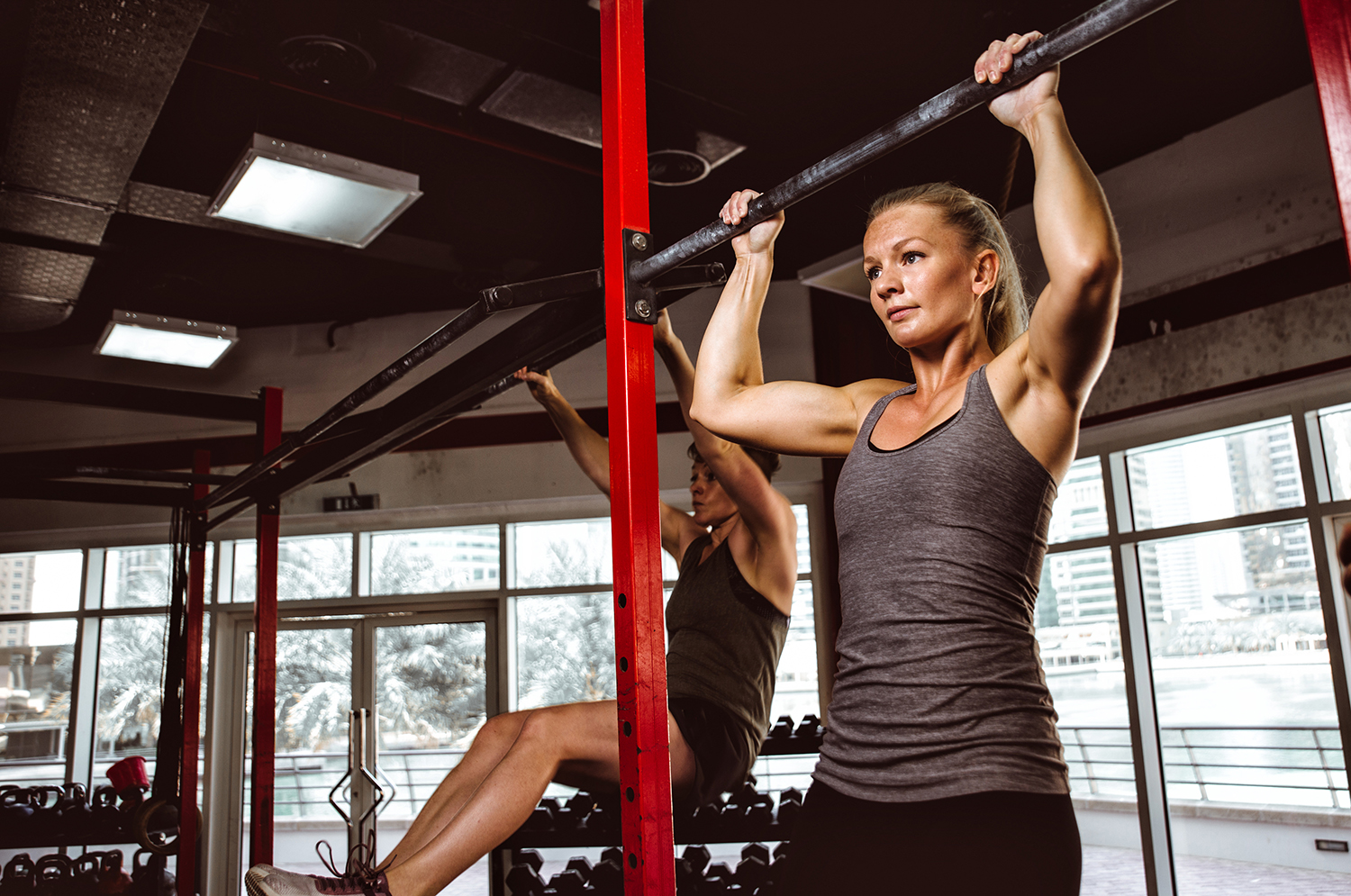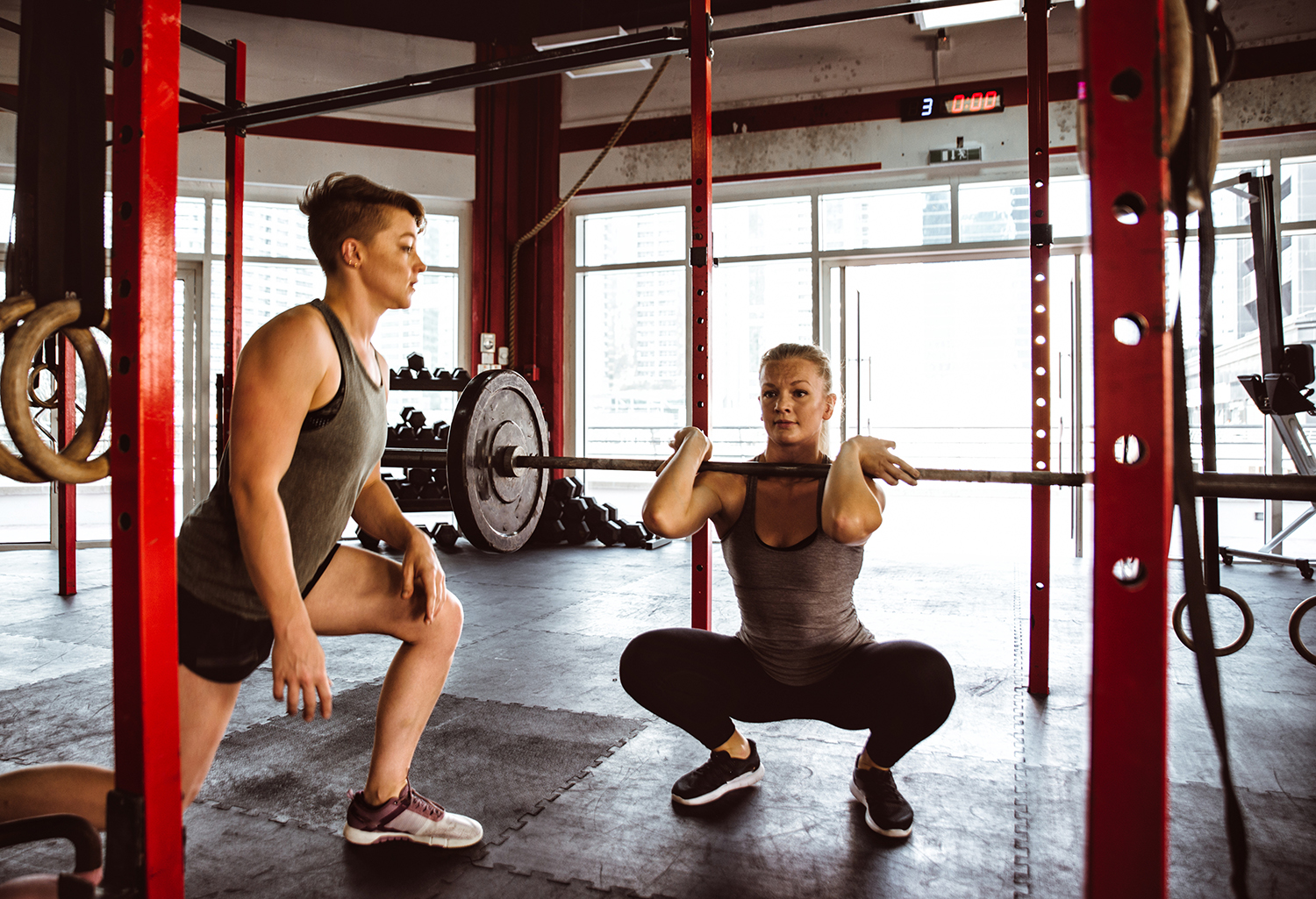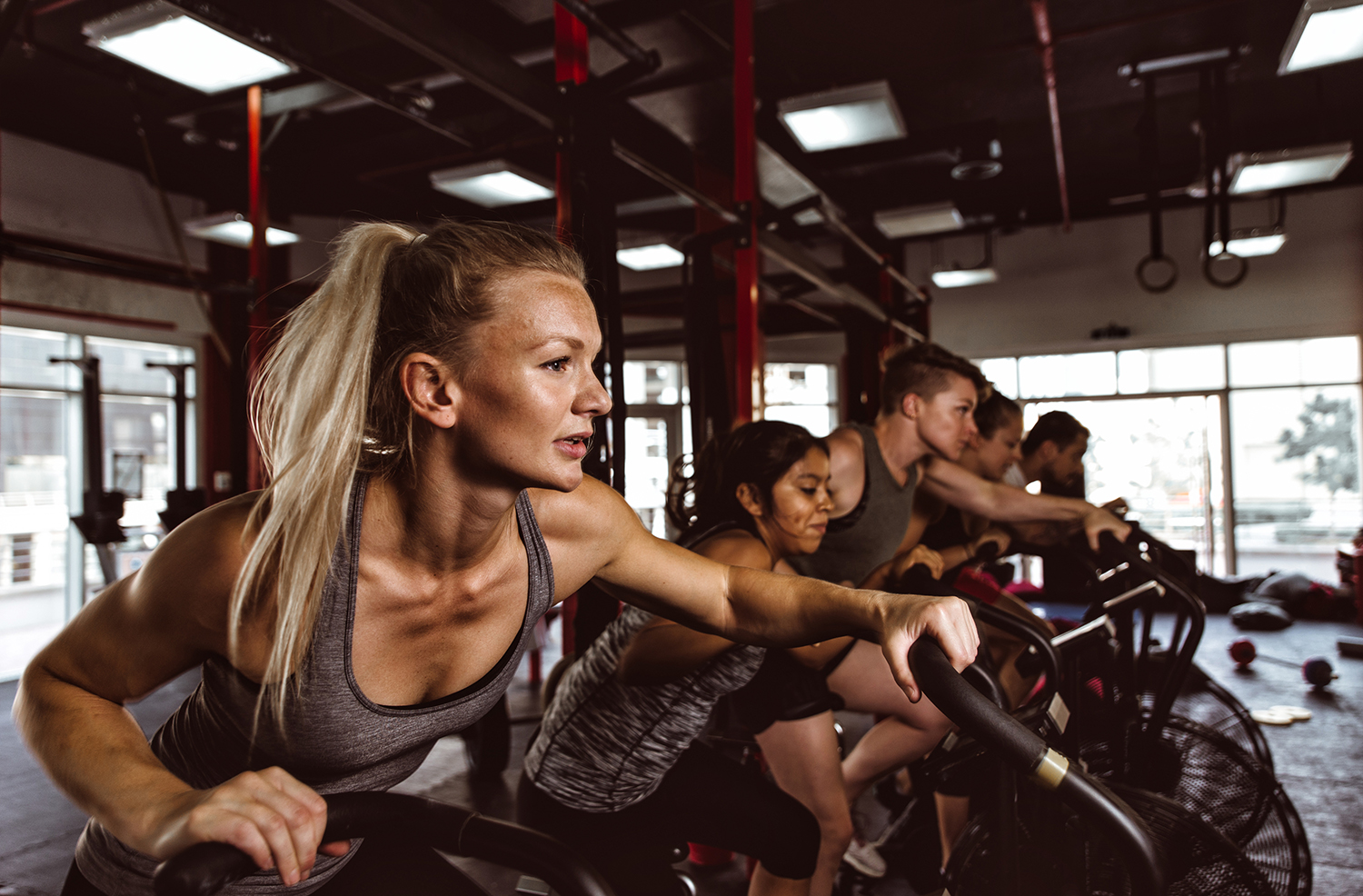There have been number of exercise trends that have come and gone, but functional fitness training looks like it's here to stay.
If you haven't heard of functional fitness training, it's a workout strategy that promotes strength, flexibility and movements that mirror everyday actions.
Many functional fitness workouts include reaching, squatting, stretching and increasing core strength.
The theory of functional fitness is sound, but just how do you get started and what does a functional fitness workout look like?

No matter what your fitness goals may be, functional fitness training can help you reach them and improve how your body functions as you go about your regular daily routine. We've already mentioned it briefly, but functional fitness training focuses on improving:
- Strength
- Mobility
- Balance
Nearly any physical activity you participate outside of your workouts will require these three aspects. Using functional fitness training to target your regular movements will make your daily activities easier and more rewarding.
Incorporating a functional fitness routine to your regular exercise regimen can also reduce the risk of injury. Targeting muscles that you use regularly will make your body more accustomed to using them regularly. This reduces the risk of strain, pulls and other injuries that may occur during training or your work day.

Like any workout, it's best not to dive into a functional fitness workout at full speed. You should begin with incorporating some functional fitness activities into your daily life, and the gradually increase time and difficulty levels.
Experts recommend beginning with simple exercises that don't require any extra equipment but rely on bodyweight resistance alone. Some popular bodyweight resistance exercises that are included in most functional fitness training routines include:
- Squats
- Burpees
- Box Steps
- Pushups
Squats engage the core and mimic standing from a chair, proper lifting motions with the legs and other actions your body performs in athletic activities and every day mundane movements. Burpees mimic standing from lying down and strengthens legs, arms and our core while box steps strengthen our legs for walking, running or climbing stairs. Including pushups in a functional workout improves arms strength that improves the experience of a large number of activities from MMA training to carrying a bag of groceries.
Once you've mastered the idea of a functional fitness workout, you can move onto exercises that push the envelope a little further by adding free-weights. Deadlifts, presses, squats and lunges done while using weights can add an extra challenge and improve your results.
No matter what type of functional fitness routine you begin, make sure that you're incorporating exercises that work multiple muscle groups. It's very rare to perform normal activities that only tax one muscle group, so focusing on exercises that challenge multiple groups will help you achieve much better results.
Some of these new exercises may tax your muscles if you're not use to using them. In order to help muscles recover, it's a good idea to hydrate properly and replenish the electrolytes depleted during training. Muscles need potassium, magnesium, calcium and chloride in order to extend and contract, stay hydrated and recover from an intense workout. If you're relying solely on water after a functional fitness workout, your muscles may not fully recover or achieve optimal gains. Try drinking a TapouT sports beverage to improve hydration and supply your body with the minerals and vitamins it needs to fully recover after a tough workout.

If you're just starting a functional fitness routine, a basic beginner's routine could look like:
- 10 Lunges
- 10 Squats
- 10 Lateral Lunges
- 10 Stair Steps
Once you've become used to this routine, you can add more challenging exercises or increase your reps. You can also slowly incorporate extra weight to your routine with handheld weights and increase weight incrementally as your workout becomes easier.

Whether you're a functional fitness expert or just trying it for the first time, you'll want a sports performance beverage that helps your body get the most out of your workout, and that's what we've designed TapouT to do. TapouT Citrus Kick has 120 calories to help your body create natural energy to give you a boost during your workout. All flavors of TapouT are made from natural ingredients and flavors, so you don't have to worry about unnecessary additives when drinking any of our flavors.
TapouT also has two zero-sugar flavors that contain only 10 calories if you're looking for a tasty way to stay hydrated on recovery days or need a hydration boost at the office. Our Cherry Lemonade Blast and Wild Orange flavors contain the same formula of vitamins and electrolytes as our standard Citrus Kick Flavor. Every bottle of TapouT contains:
- 240mg Sodium
- Magnesium
- Potassium
- Calcium
- Chloride
- Vitamin A
- Vitamin C
- Vitamin E
- Vitamins B2, B3, B5, B6, B7 and B12
